English country gardens are synonymous with a flourish of bright, breezy blooms. But, like most things in life, they require a bit of planning.
Gertrude Jekyll (1843-1932), possibly the most famous designer of this landscaping genre, introduced the world to the beauty of painterly countryside planting. She wrote with enthusiasm on the colours and scents of flowers. Indeed, English country gardens are a celebration of heliotrope, honeysuckle, auricula, snapdragon, iris and many more.
Here’s how to create your own sensory symphony of colour, shape, texture and scent.
Planting
According to Chris Williams of Catscapes Landscapes, it’s important to choose a combination of feature, filler and anchor plants to create a balanced border.
“Feature plants like roses create interest to your garden, while hollyhocks, lavender, viburnum and hydrangeas can be used as filler plants,” he explains.
To add structural and textural interest, Craig de Necker, managing director of The Friendly Plant, suggests different varieties of grey-leafed sage, echinops, lavender, guara and old-fashioned bearded irises.
“Anchor plants like evergreens and other small trees are placed at the back of the beds to create a backbone to the planting,” says Williams.
TIP: To create soft interwoven lines of floral colour and interest, plant similar varieties in groupings of at least three.
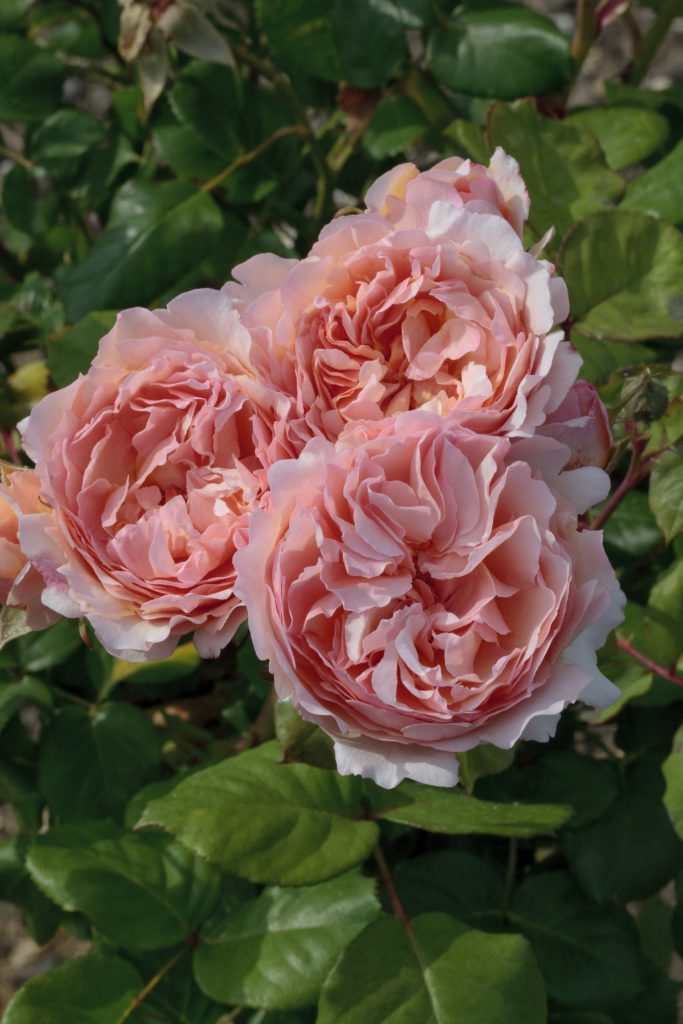
Rose ‘Princess Charlene de Monaco’. Image supplied by Life is a Garden
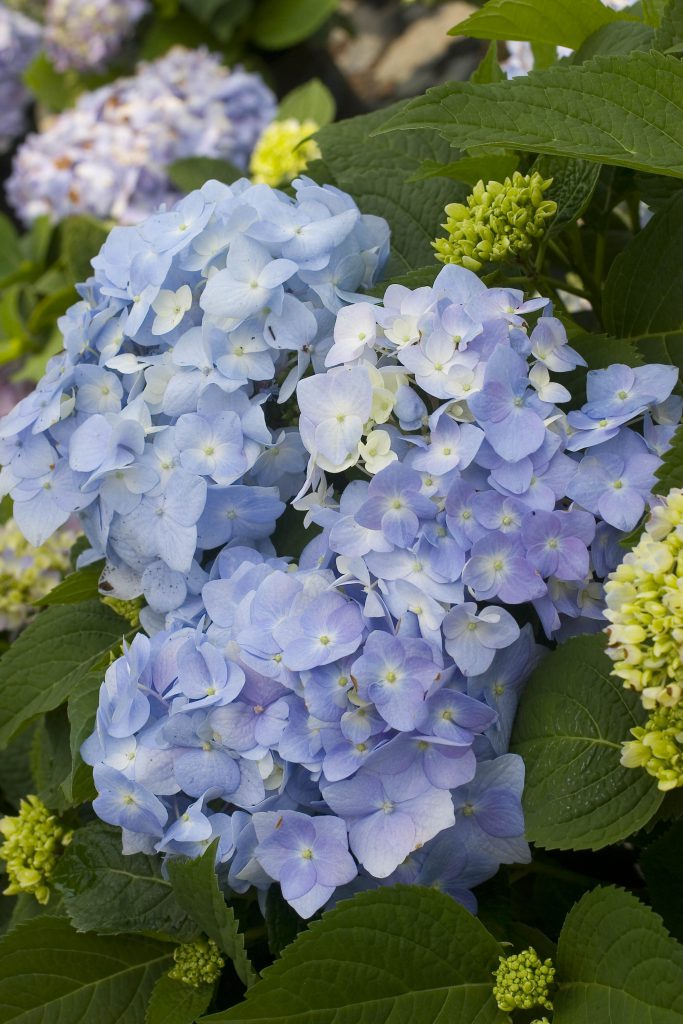
Hydrangea. Image supplied by Life is a Garden
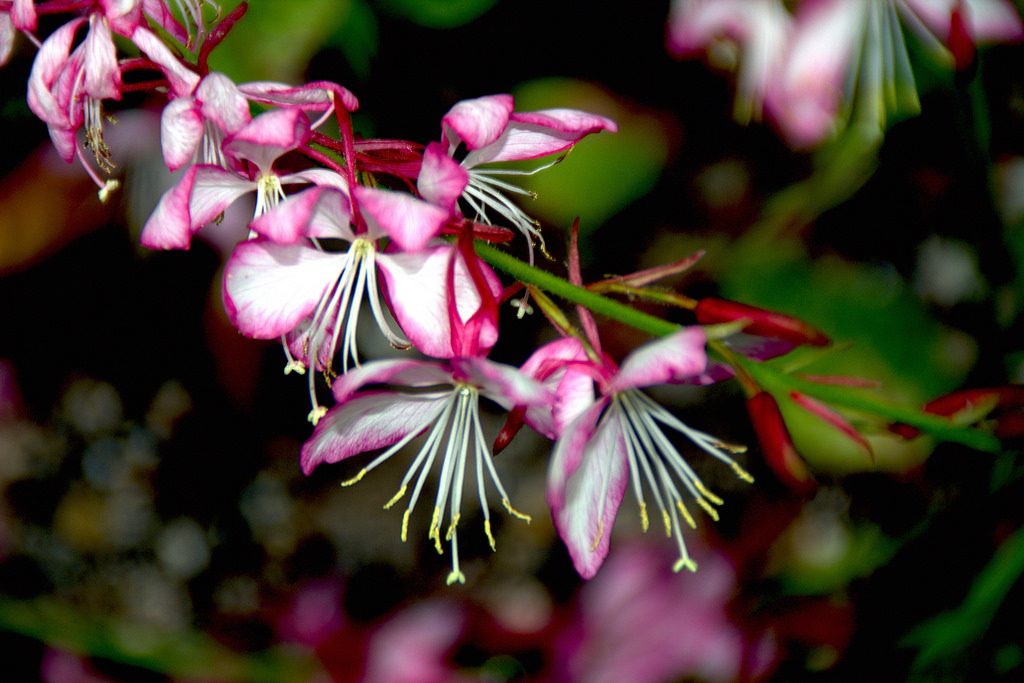
Guara ‘Rosy Jane’. Image supplied by Life is a Garden
Layers of blooms
A flourish of flowering annuals and perennials are the mainstay of a country garden. “Echinacea, aquilegia (columbine), penstemon, snapdragons, cleomes, gladiolus and delphiniums, as well as bulbs like ranunculi, day lilies and alliums can be added to great effect,” suggests De Necker.
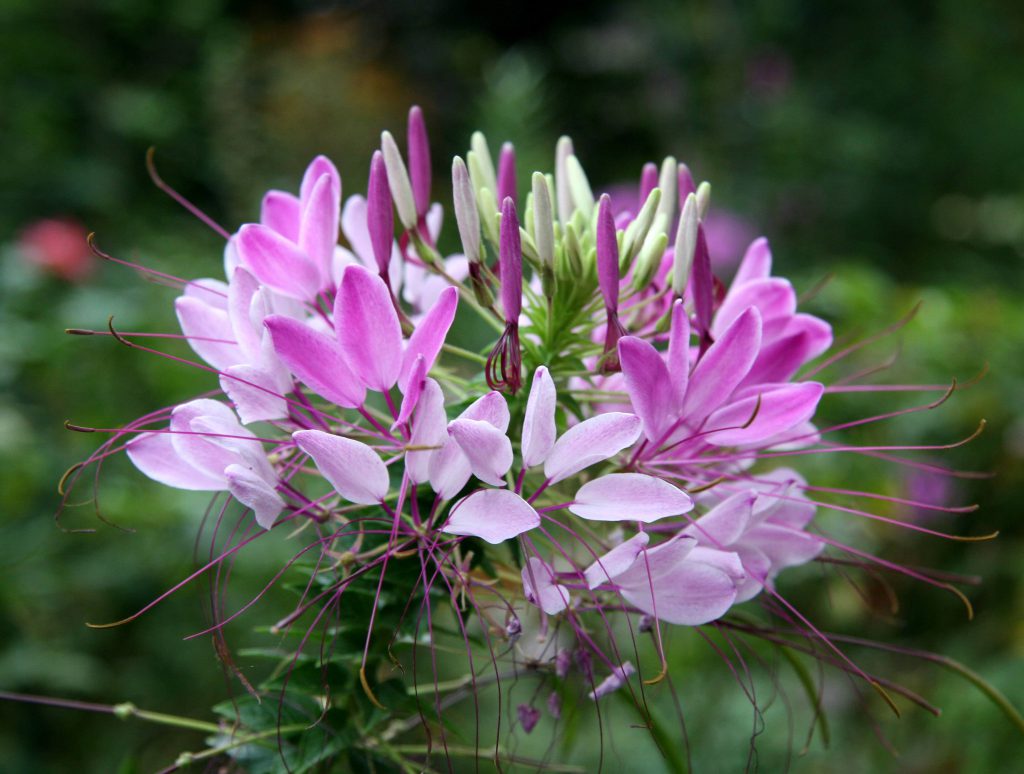
Cleome. Image supplied by HJ Steed
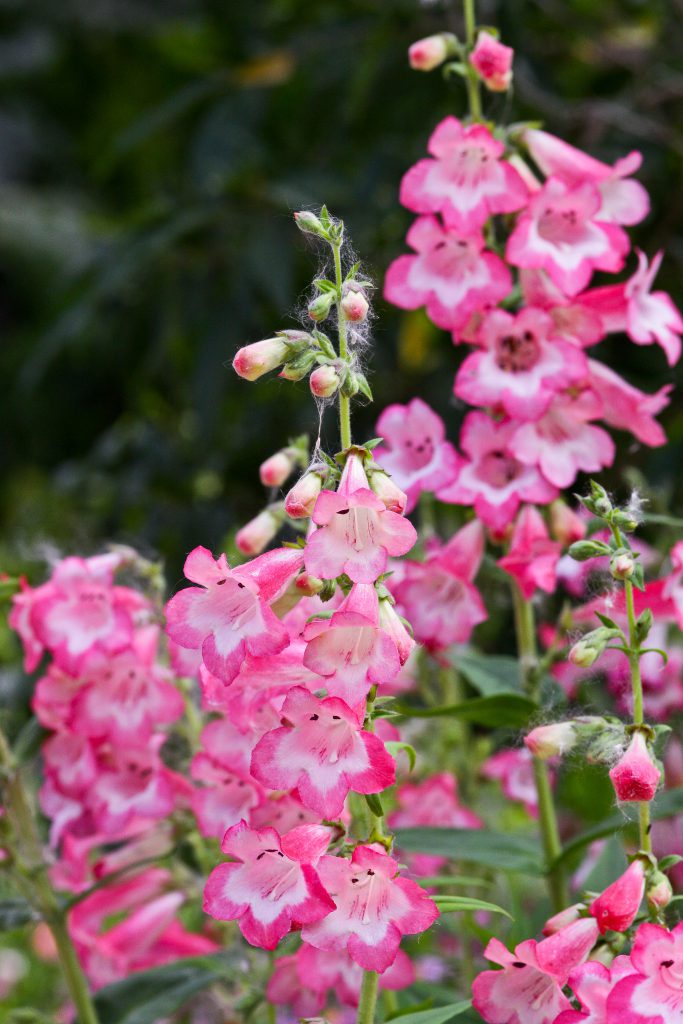
Penstemon. Image supplied by Life is a Garden
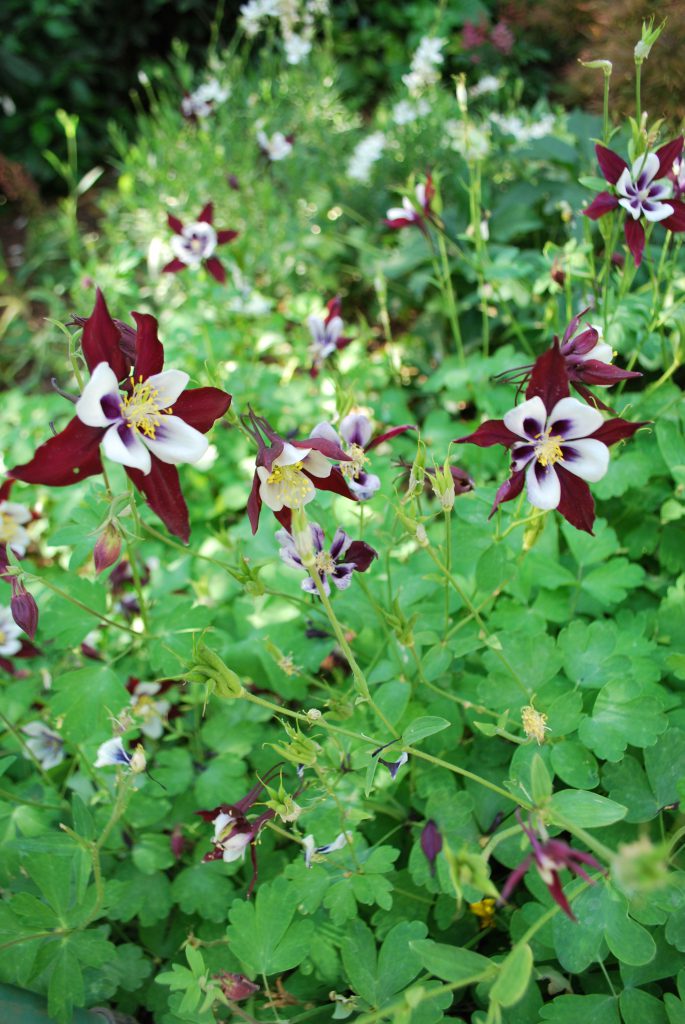
Aquilegia (Columbine). Image supplied by Karien Slabbert
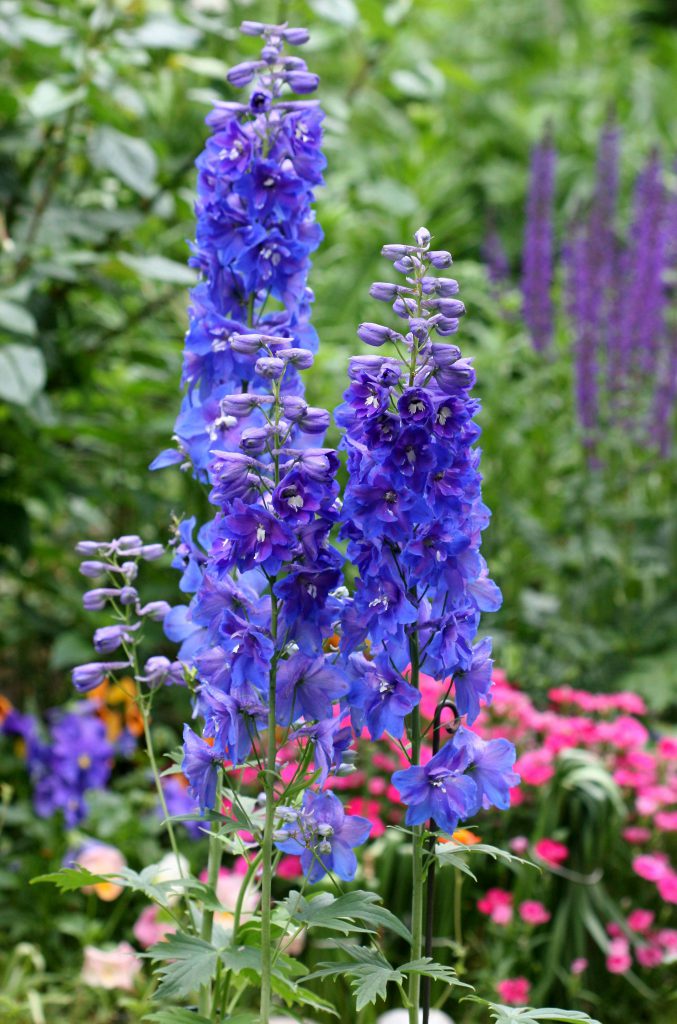
Delphiniums. Image supplied by HJ Steed
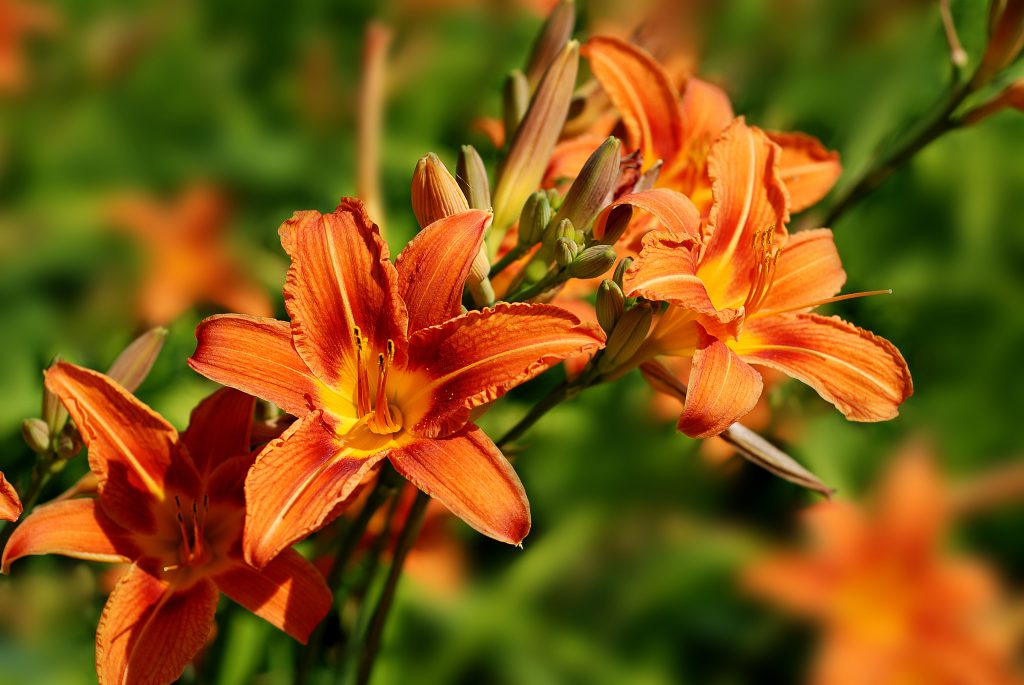
Daylily (Hemerocallis). Image supplied by Life is a Garden
TIP: To give your garden indigenous appeal, De Necker suggests introducing hardy, waterwise plants to your border. Gazanias, arctotis, scabiosas blue felicias, and Plectranthus ‘Mona Lavender’ make a good combo – especially in coastal regions.
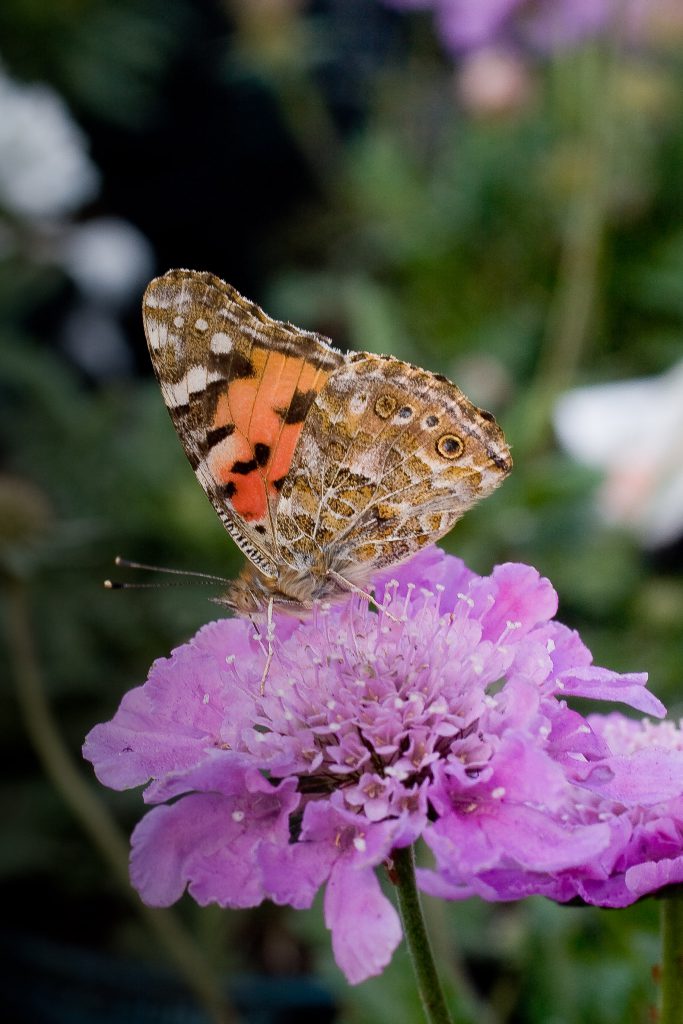
Scabiosa. Image supplied by Life is a Garden
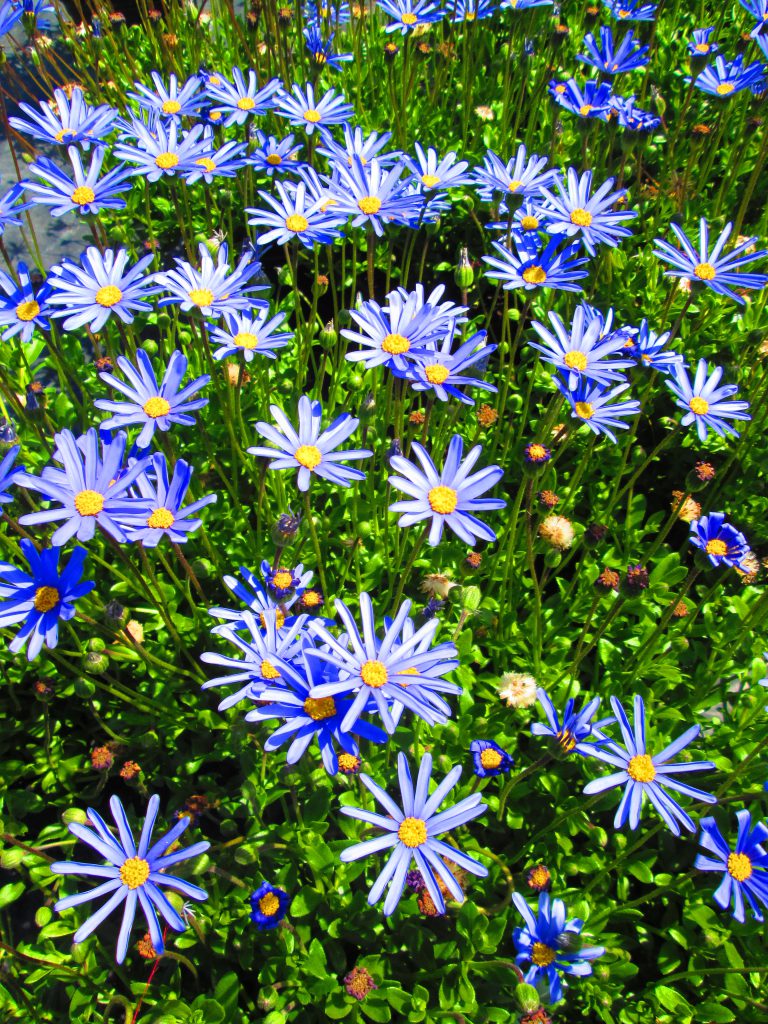
Felicia ‘Out of the Blue’. Image supplied by Life is a Garden
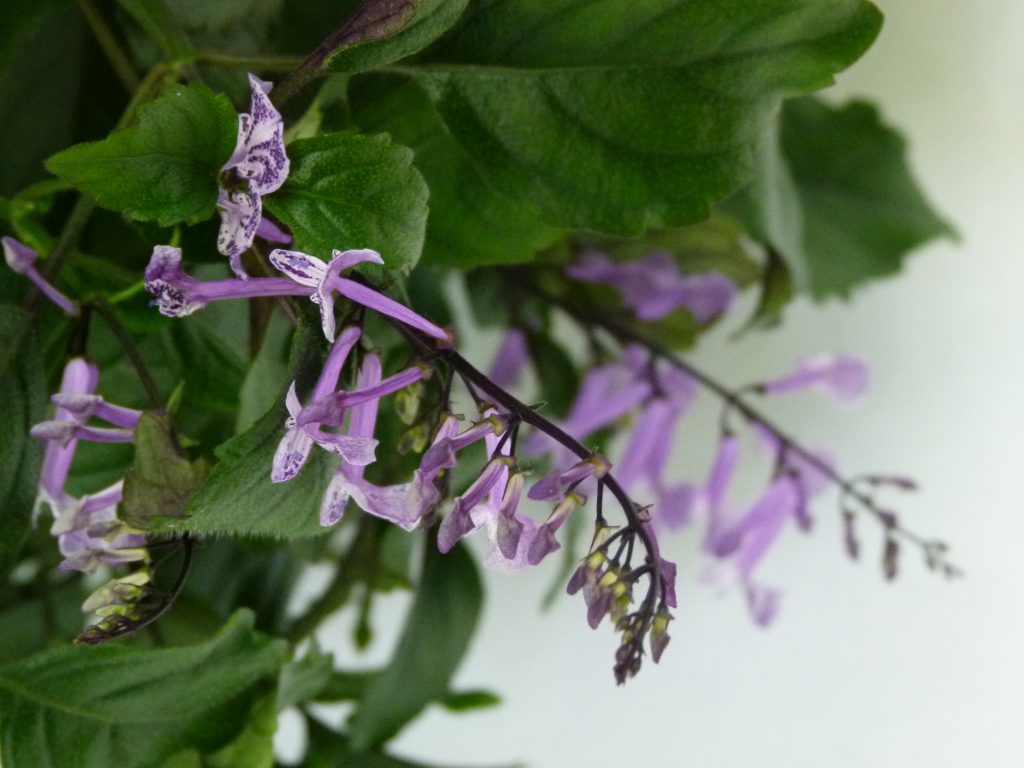
Plectranthus ‘Mona Lavender’. Image supplied by Life is a Garden
Thematic areas
In country gardens, seemingly casual groupings of interweaving plants present a fine balance between nature and design. Although free flowing, a well-defined layout provides just enough structure.
To craft an informal yet curated look, the garden should be divided into different areas. “Create different areas, or rooms, so that you don’t view the whole of your garden at once,” says Williams.
He suggests planting hedges to divide various garden rooms. “A flowering plant like wegiela, boxwood, or any tall-growing evergreen hedging should be planted to create living dividers.”
Pathways
No matter how big or small the area, every country garden needs a pathway (or a few) that meanders through the planting. “Soften the edges by allowing the plants to grow onto the pathway,” suggests Williams.
TIP: Add an arbour or gate: Arbours create a feeling of entering a space, while a white picket fence and gate are iconic English country garden additions.




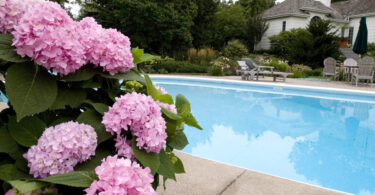
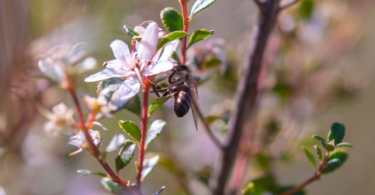
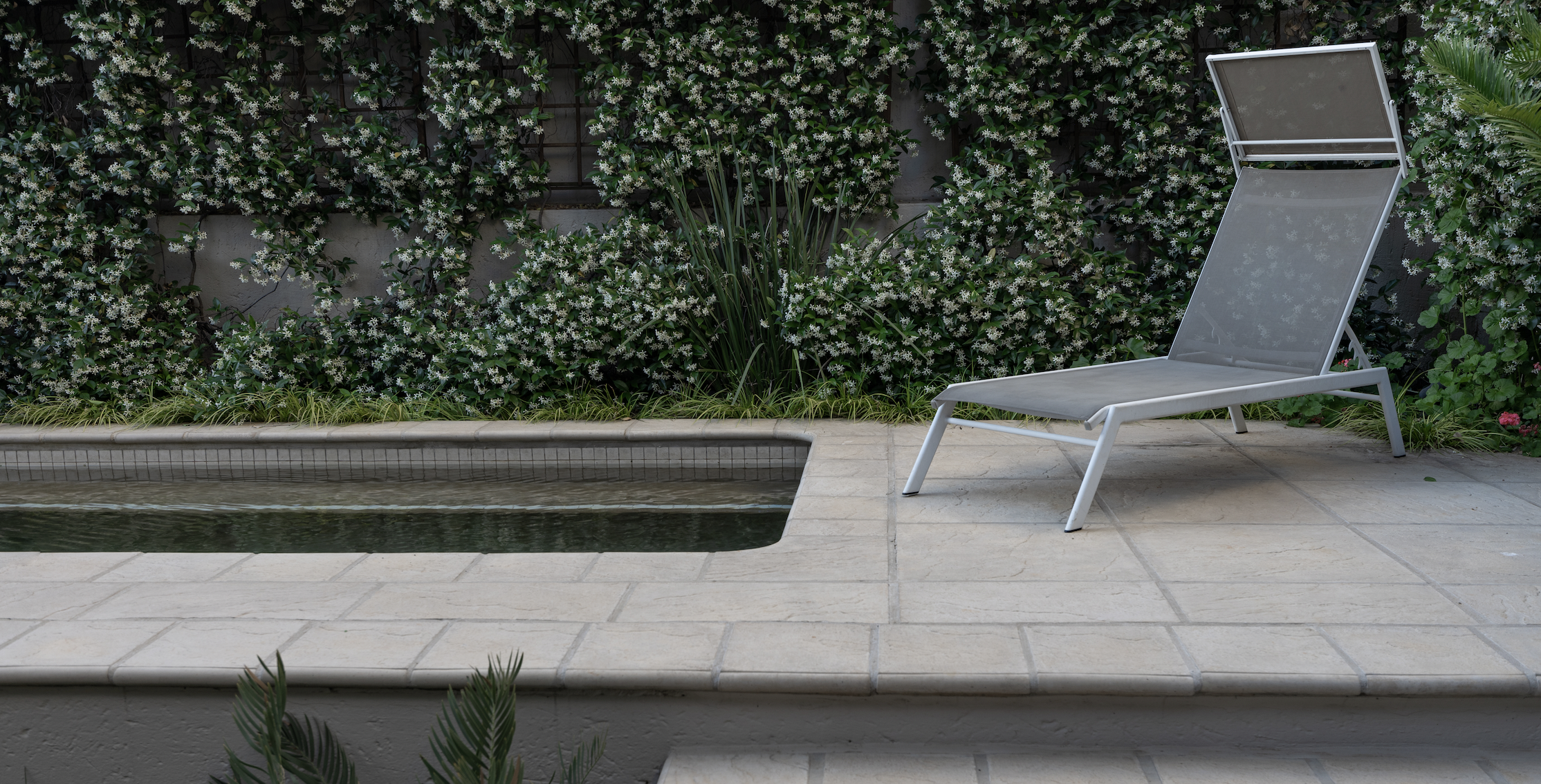

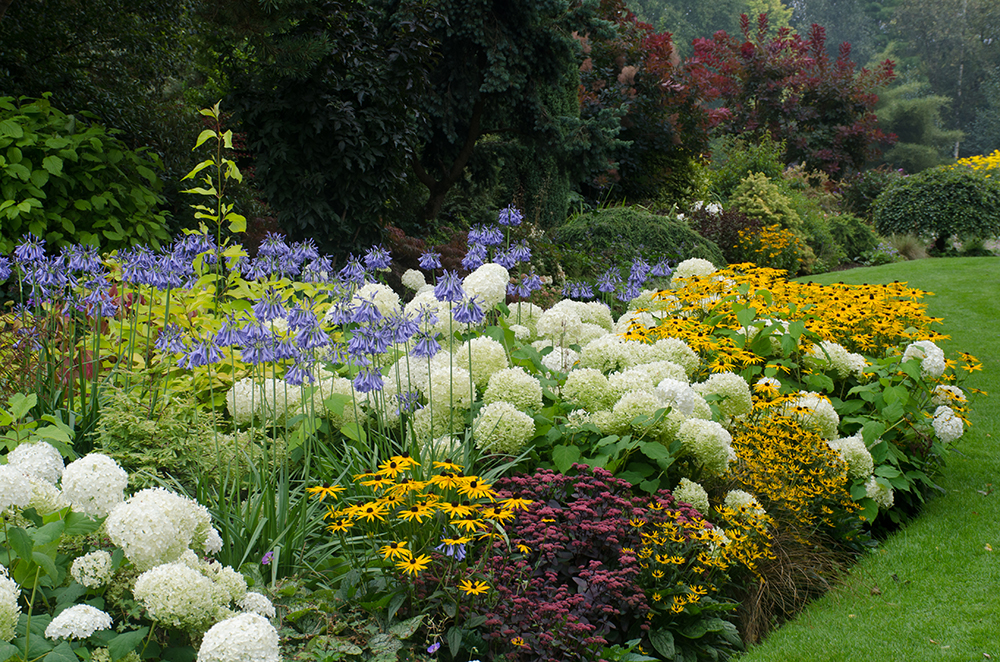
Leave a Comment